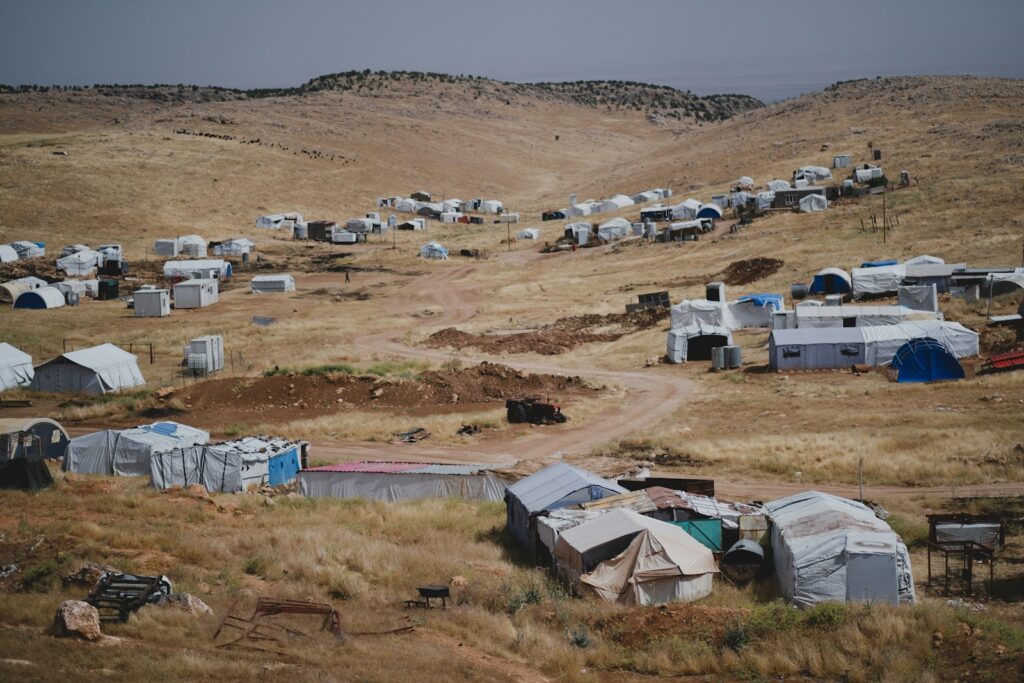1. Prehistoric Party: The Age of Dinosaurs
Welcome to the grand opening of our world history tour! We commence with the colossal creatures that once roamed the Earth: dinosaurs. Imagine a time when the most pressing concern was dodging a T. rex. These magnificent beasts dominated the planet for millions of years, leaving behind fossils and, occasionally, a sense of wonder.
Dinosaurs weren’t just about sharp teeth and thunderous roars. They were a diverse bunch, ranging from the towering Brachiosaurus to the pint-sized Compsognathus. Each species had its own quirks, making the prehistoric era as exciting as a blockbuster movie. Fun fact: Some dinosaurs might have sported feathers, which would make them the world’s first fashionistas!
But alas, all good things come to an end. Around 66 million years ago, a massive asteroid decided to crash the party, leading to the extinction of these giants. This cosmic event cleared the stage for new life forms to emerge, paving the way for mammals to rise. Speaking of which, let’s move on to our next historical stop.
2. Mammals Take the Stage
With dinosaurs out of the picture, mammals seized their chance to shine. Picture a world where small, furry creatures scurried about, plotting their rise to global dominance. These mammals evolved and diversified, eventually giving rise to humans, which, as we know, can be both a blessing and a curse.
Our mammalian ancestors were resourceful and adaptable. Over millions of years, they developed traits that would lead to the creation of societies, cultures, and innovation. From the invention of the wheel to the development of language, mammals laid the groundwork for civilization.
As mammals continued to evolve, they formed communities and began to settle down. This transition from a nomadic lifestyle to a more stationary existence set the stage for the next big leap in human history: the Agricultural Revolution.
3. The Agricultural Revolution: Farming Frenzy
Hold on to your hoes, because we’re diving into the Agricultural Revolution! This pivotal period marked the transition from hunting and gathering to farming and settlement. People began to cultivate crops and domesticate animals, leading to the establishment of permanent villages and towns.
This revolution wasn’t just about food production; it was about social transformation. With a stable food supply, populations grew, and societies became more complex. People developed new skills, traded goods, and even started gossiping about their neighbors over freshly baked bread.
As communities flourished, so did the need for organization and governance. This paved the way for the rise of ancient civilizations, where the seeds of modern society were planted. From the Fertile Crescent to the banks of the Nile, these early cultures laid the groundwork for the world we know today.
4. Ancient Civilizations: Building Empires
Welcome to the era of ancient civilizations, where empires rose and fell with the flair of a soap opera. From the enigmatic Egyptians to the philosophical Greeks, these societies left an indelible mark on history, contributing to art, science, and governance.
The Egyptians, famous for their pyramids and pharaohs, mastered the art of monument-building. Meanwhile, the Greeks focused on philosophy, democracy, and epic tales of gods and heroes. Their contributions continue to influence our lives, whether we’re voting in elections or binging on Greek mythology.
Moving eastward, we encounter the mighty Roman Empire. Known for their engineering prowess and military might, the Romans built an empire that spanned continents. Their roads, aqueducts, and legal systems are testaments to their ingenuity and ambition.
5. The Middle Ages: Knights and Castles
As we leave the grandeur of ancient empires, we enter the medieval period, a time of knights, castles, and, occasionally, questionable hygiene. The Middle Ages, often romanticized in literature and film, were marked by both hardship and heroism.
Feudalism was the order of the day, with lords and vassals ruling over their domains like characters in a medieval drama. Castles dotted the landscape, serving as both fortresses and symbols of power. And let’s not forget the knights, who embodied the chivalric code while clanking around in armor.
While the Middle Ages had their fair share of challenges, they also witnessed remarkable achievements. The rise of universities, the spread of Christianity, and the creation of stunning art and architecture all contributed to the rich tapestry of this era.
6. The Renaissance: Rebirth and Revolution
Buckle up, folks, because we’re entering the Renaissance—a time of rebirth, creativity, and a dash of rebellious spirit. This period saw a resurgence of interest in art, science, and exploration, as people dared to question the status quo and push the boundaries of knowledge.
Artists like Leonardo da Vinci and Michelangelo redefined the world of art, while thinkers like Galileo and Copernicus challenged the established order. The printing press, invented by Johannes Gutenberg, revolutionized the spread of information, paving the way for the modern world.
The Renaissance wasn’t just about intellectual pursuits; it was about bold exploration. Adventurers like Christopher Columbus and Ferdinand Magellan set sail across uncharted waters, discovering new lands and opening up global trade routes. This age of discovery would forever change the course of history.
7. The Industrial Revolution: Gears and Steam
Hold onto your top hats, because the Industrial Revolution is rolling in with the power of steam! This transformative period marked a shift from agrarian economies to industrialized societies, driven by innovation and technological advancement.
Factories sprouted like mushrooms, and machines began to do the work of countless laborers. The steam engine, a marvel of engineering, powered trains and ships, shrinking distances and connecting the world like never before.
While the Industrial Revolution brought progress and prosperity, it also raised questions about labor rights and environmental impact. The seeds of modern industry were sown, and societies grappled with the challenges and opportunities of this new era.
8. The World Wars: Conflict and Change
As we move into the 20th century, we encounter two of the most devastating conflicts in human history: World War I and World War II. These wars reshaped the global landscape and left an indelible mark on the world.
World War I, known as “The Great War,” was a brutal conflict that introduced new forms of warfare and left a generation scarred. The Treaty of Versailles, which ended the war, sowed the seeds for future tensions.
World War II, a conflict of even greater scale, saw the rise and fall of totalitarian regimes and the reshaping of international alliances. The war ended with the atomic bombings of Hiroshima and Nagasaki, ushering in the nuclear age and a new era of global politics.
9. The Digital Age: Chips and Bytes
Welcome to the Digital Age, where technology reigns supreme! From the humble beginnings of the computer to the omnipresence of the internet, this era has revolutionized how we live, work, and connect.
The rise of personal computers, smartphones, and the World Wide Web has transformed communication, commerce, and entertainment. Social media platforms have given us new ways to share ideas and cat videos, while e-commerce has changed the way we shop.
As we navigate the digital landscape, we’re faced with both opportunities and challenges. Cybersecurity, privacy, and the digital divide are pressing issues that demand our attention as we continue to innovate and explore the potential of technology.
10. The Future: A World of Possibilities
As we conclude our whimsical world history tour, we find ourselves gazing into the future—a realm of endless possibilities and uncharted territories. The lessons of the past guide us as we face new challenges and embrace new opportunities.
From advances in artificial intelligence to the exploration of space, the future holds promises of innovation and discovery. As we tackle issues like climate change and social justice, we draw inspiration from the resilience and creativity of those who came before us.
As we stand on the precipice of tomorrow, we remember that history is not just a series of events—it’s a story we continue to write. So, let’s pick up our pens and craft a future that honors the past while embracing the possibilities of the present.
For more insights into managing your personal finances in this ever-evolving world, check out our top 10 personal finance budgeting tips. And if you’re curious about the latest advances in technology and society, this article from National Geographic is a must-read.
Happy exploring, fellow history buffs!









